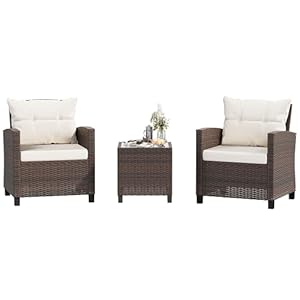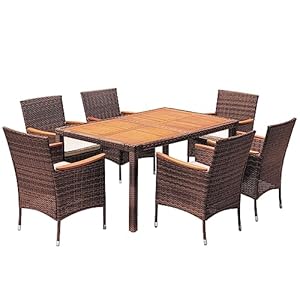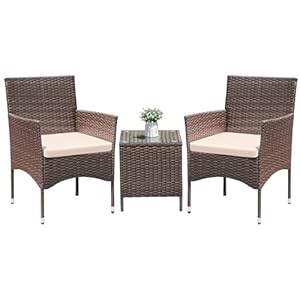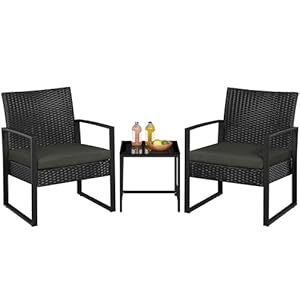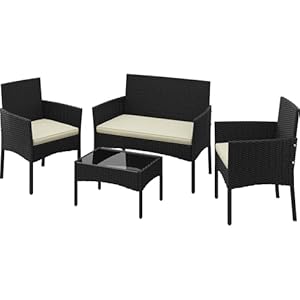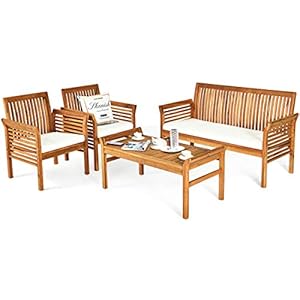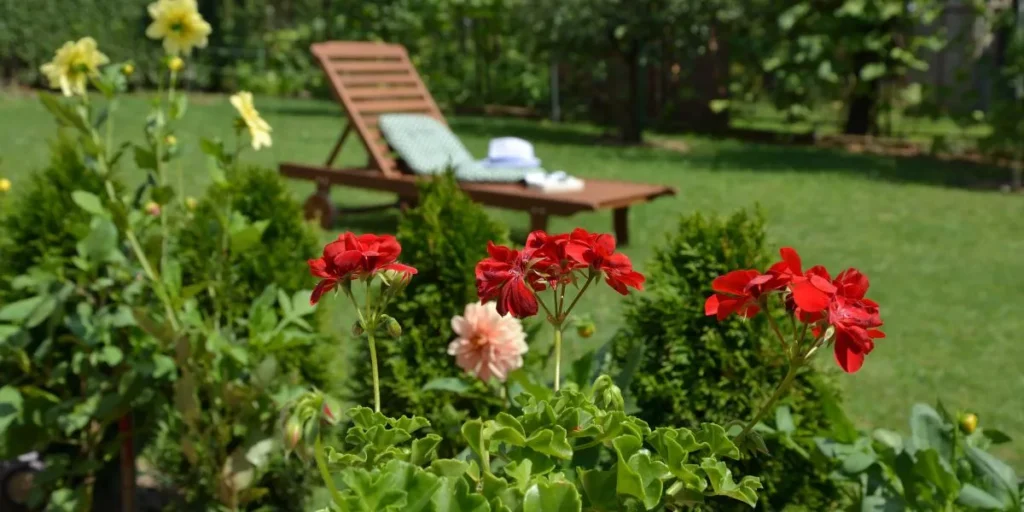
When venturing into garden design as a beginner, the key lies in mastering the basics. Understanding how sunlight and soil characteristics influence plant selection sets a strong foundation. Yet, there’s more to it than just that. By strategically placing plants based on their needs and considering elements like paths and borders, you can transform a simple garden into a harmonious outdoor haven. The real magic, however, unfolds when you infuse your personality into the design. So, how can you elevate your garden design game from novice to nature artist?
Choosing the Right Plants
When selecting plants for your garden, consider factors like sunlight exposure and soil quality to ensure they thrive. Sunlight is crucial for plant growth, so observe your garden throughout the day to determine which areas receive full sun, partial sun, or shade. Different plants have varying sunlight requirements, so matching them to the right spot is key. Assess your soil quality by conducting a simple soil test to understand its pH level and composition. Some plants prefer acidic soil, while others thrive in alkaline conditions. By knowing your soil type, you can select plants that will flourish in your specific garden environment.
Research the mature size of plants before purchasing to prevent overcrowding in your garden. Make sure to choose plants that fit the available space and won’t obstruct each other’s growth. Consider the maintenance requirements of each plant to ensure you can provide the care they need. Selecting a variety of plants with different blooming periods can ensure your garden remains colorful throughout the seasons. Remember, choosing the right plants is the foundation of a successful garden design.
Understanding Sunlight and Water Needs
To ensure your garden thrives, understanding the sunlight and water needs of your plants is essential. Different plants require varying levels of sunlight to photosynthesize effectively. Before planting, observe your garden throughout the day to identify areas with full sun, partial shade, or full shade. Sun-loving plants like tomatoes and peppers thrive in full sunlight, while ferns and hostas prefer shady spots. Place your plants accordingly to ensure they receive the appropriate amount of sunlight for optimal growth.
In addition to sunlight, water is crucial for plant survival. Some plants, like succulents, prefer drier conditions and can withstand periods of drought. Others, such as hydrangeas and ferns, require more frequent watering to thrive. When planning your garden, consider grouping plants with similar water needs together. This way, you can efficiently water them without over or under-watering specific plants. Remember to water deeply but infrequently to encourage deep root growth and overall plant health.
Incorporating Paths and Borders
Consider incorporating paths and borders into your garden design to enhance both functionality and aesthetic appeal. Paths not only provide practical access to different areas of your garden but also create a sense of structure and organization. They can be made from various materials such as gravel, stepping stones, or bricks, depending on the style you want to achieve.
Borders, on the other hand, help define different sections of your garden and can be used to separate various plants or highlight specific areas like a flower bed or a vegetable patch.
When planning your paths and borders, think about how you want visitors to move through your garden and what areas you want to emphasize. Curved paths can lead the eye around the garden, while straight paths create a more formal look. Borders can be simple or intricate, depending on your preference, but should complement the overall design of your garden.
Adding Personal Touches
Enhance your garden’s charm by infusing it with your unique personality through thoughtful personal touches. Consider adding elements like quirky garden gnomes, colorful wind chimes, or hand-painted rocks to create a space that truly reflects who you are. Incorporating personalized items such as handmade stepping stones with your initials or a favorite quote can add a special touch to your garden oasis.
Another way to add a personal flair is by selecting plants that hold sentimental value. Whether it’s a specific flower that reminds you of a cherished memory or a herb that connects you to your cultural roots, planting these in your garden can evoke feelings of nostalgia and joy every time you see them bloom. Additionally, creating a cozy seating area with cushions or a swing where you can relax and unwind can make your garden feel like an extension of your home, tailored to your tastes and preferences.
Garden

